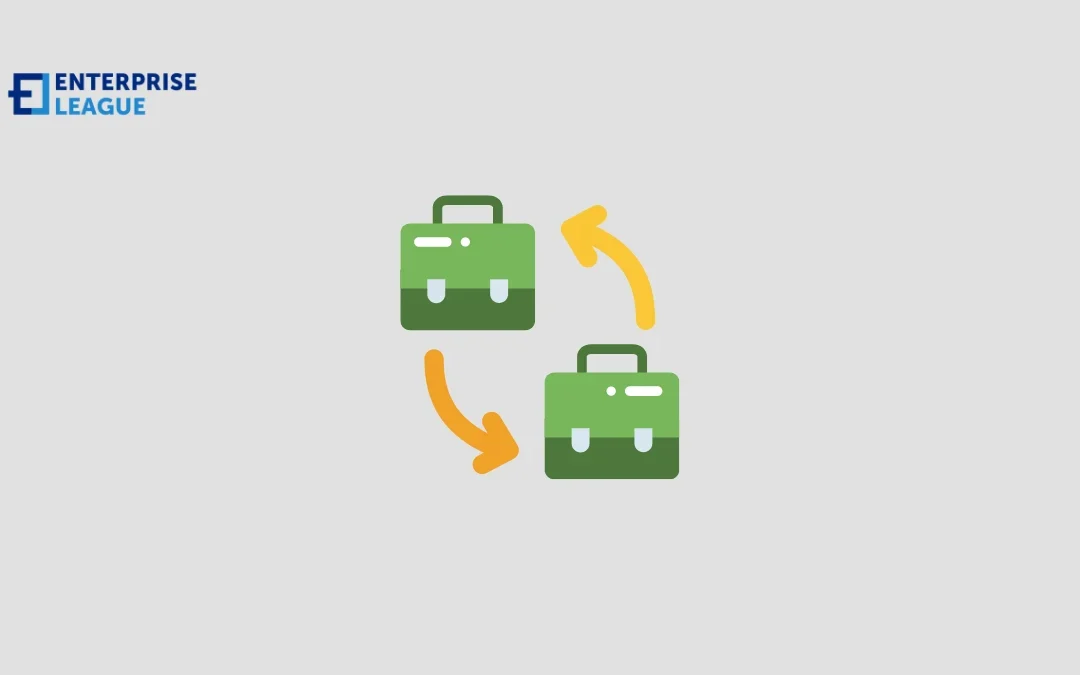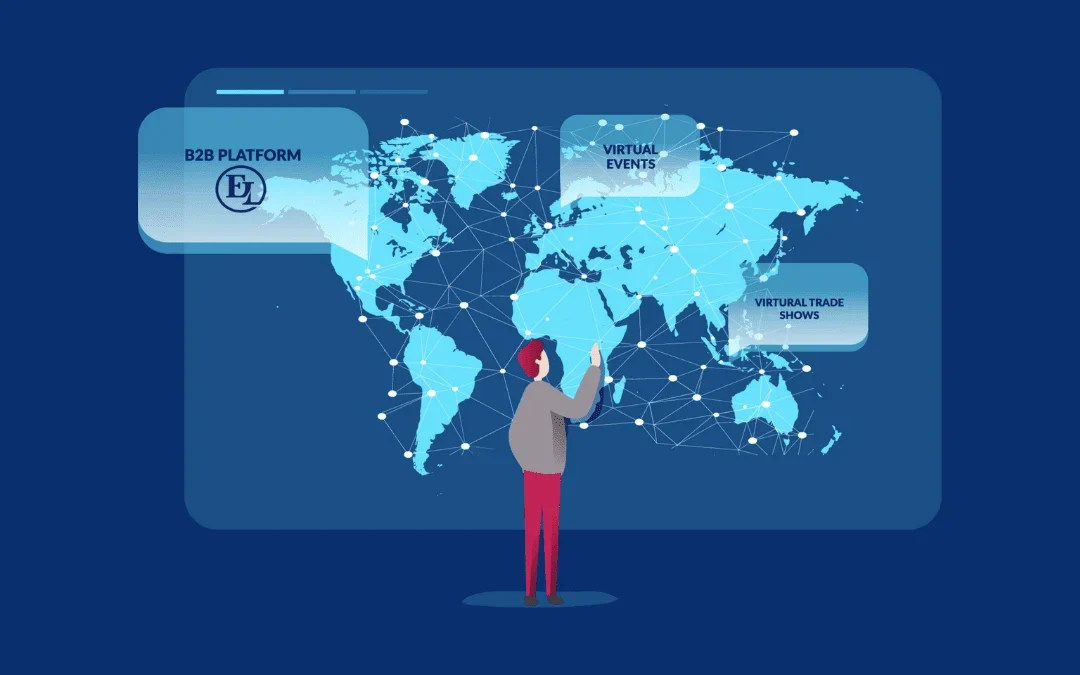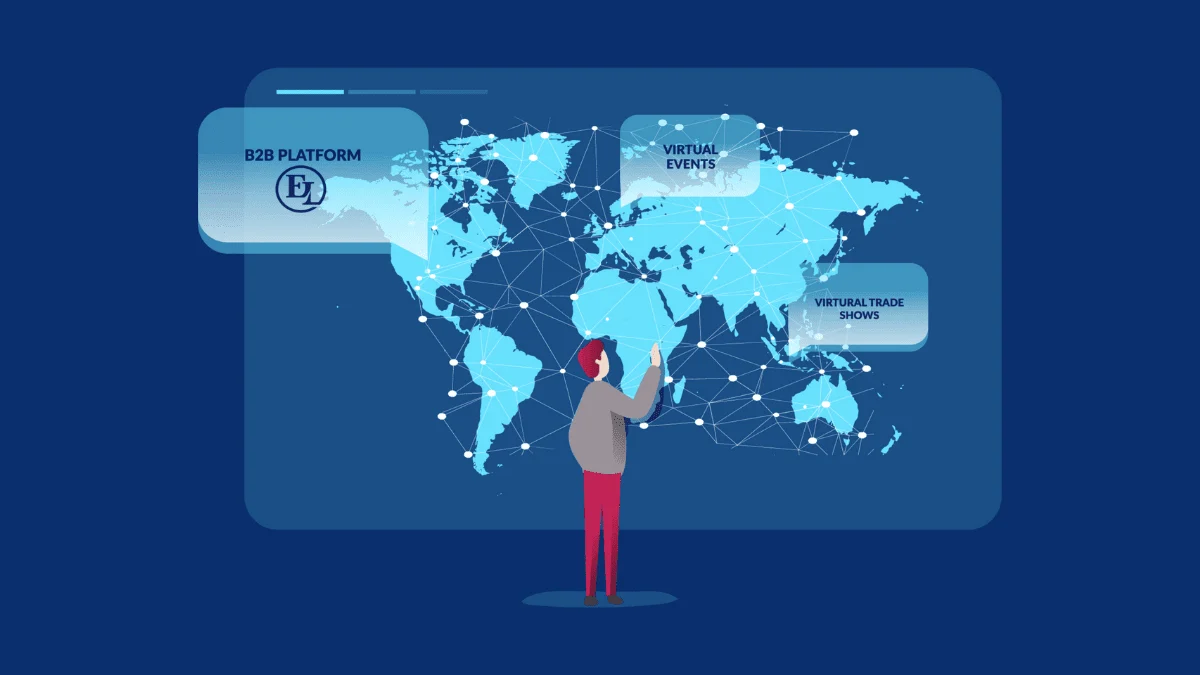A growing number of individuals have turned to the online community to take advantage of investment opportunities available to them. Not only is this a great way to build a reliable nest egg for the future, but modern trading platforms have made the process much...

Top B2B niches that everyone should invest in
The business industry has come a very long way from simply making transactions. These days, there are so many ways to conduct business, that newcomers often struggle with what to focus on. One business model, in particular, that’s seen a lot of attention is B2B. B2B is the acronym for business-to-business. We’ll go over this in more detail a little bit later.
If you’re hoping to open your own business to help enrich others, then B2B is just what you’re looking for. However, business-to-business can be complex at times, especially for newcomers. In this article, we’ll be covering everything you need to know about B2B and the niches you can invest in.
The standard chunk of Lorem Ipsum used since the 1500s is reproduced below for those interested. Sections 1.10.32 and 1.10.33 from “de Finibus Bonorum et Malorum” by Cicero are also reproduced in their exact original form, accompanied by English versions from the 1914 translation by H. Rackham.
What is B2B and why is it important
The business-to-business model doesn’t exactly function as it would with consumers. You’ll be doing business with other businesses. For example, let’s take a look at grocery stores. Grocery stores are filled to the brim with all sorts of different types of food ranging from produce to baked goods. However, the grocery stores only sell them. Though it should be mentioned that some stores might bake their own pastries. The stores themselves only house these items. They have to conduct B2B relations with other businesses, such as Starbucks, DiGiorno’s, and even farms.
To give you a second example would be a computer company, like Intel, establishing a relationship with another business that has the materials it needs. Despite not being directly involved with the process, the consumers do play a huge role in both parties’ success.
Another way you can participate in B2B operations is to invest in real estate. Real estate investments, particularly in shares, are actually a part of B2B operations. Investing in shares of another company can yield a considerable profit as well as numerous other benefits. But the most lucrative benefit there is to investing in real estate is the tax advantages. Depending on the income you have, did you know that some capital gains can be taxed for up to 20 percent of it? Compared to the traditional income tax, this is exceptionally low, so taxes aren’t going to be too much of an issue.
Three markets within the supply chain
One of the most critical aspects of B2B is learning how the supply chain works and where you stand on it. In the supply chain, there are three different markets. It’s these markets that ultimately dictate how your business will function. Below are the three markets within the supply chain and how they work:
- Primary Market: The primary market is something that’s actually exclusive to the B2B business model. Companies that are situated in the primary sector, like gas companies, for example, are what’s in charge of producing materials.
- Secondary Market: The secondary market is almost as exclusive as the primary market. Companies within this market are what create the materials for others to craft their products. An example of this would be food suppliers and car manufacturers. What sets this market apart from the primary market, however, is that it can also use the B2C model.
- Tertiary Market: The tertiary market is unique as it’s a combination of both B2B and B2C. To put it simply, it caters to both businesses and consumers alike. Think about internet providers, online tutors, and even real estate services.
There’s a lot more to learn about these markets and how you can thrive in them. Be sure to research more about these topics when you can.
Profitable B2B niches to invest in
- General contractors
- Dentists
- Tree removal
- Uber driving
- Fleet managers
- Lawn care
- Plumbing services
- Attorneys
- Paper suppliers
These are just to name a few niches out of many you can make your business about. But since this is the first step, it’s best to take things slow and really think about it. Consider what niche is the most profitable. What is something companies will always need? This is one of the most important questions you need to ask yourself.
A great way to find the best niche for your new business is to center it around your passions. If you’re someone who loves to garden and ensure the grass is always greener, then becoming a landscaping professional is a wonderful option. Or, if you’re someone who’s in technology and fixing things up, becoming a technician is right up your alley.
Conclusion
Whether you’re an established investor or just beginning to explore B2B opportunities, these niches offer compelling potential for long-term growth and profitability. Keep in mind that timing and thorough research are crucial, while these sectors show promise, it’s essential to conduct detailed market analysis and align investments with your expertise and resources.
More must-read stories from Enterprise League:
- How to handle a situation where employees are not getting along.
- How to ask for a deposit in a contract without being awkward or losing a client.
- Have a look at the best countries to start a business as a foreigner.
- All the reasons why we should support local businesses and shop local.
- Golden rules about Google advertising for small businesses.
Related Articles
MT5 Broker Setup: Step-by-Step Guide to MetaTrader 5 Download and Trading
From Bounce to Inbox: 6 Email Verification Tools That Boost Deliverability and Client Results
Few things kill a campaign faster than high bounce rates. Every undelivered email damages your sender reputation and lowers deliverability until your campaign quietly fades away, unread and unseen. Email verification prevents this. It validates every contact on your...
5 Cold Email Tools That Integrate Seamlessly with CRMs and Zapier
While cold email tools increasingly offer all-in-one feature sets, there are still times when you might need to use more than one software tool to get the job done. You might need direct integrations with a CRM to manage incoming customers or you might want to...
Top 7 SEO Services for Law Firm Websites
In the legal sector, digital visibility is the primary determinant of case volume. For attorneys, implementing a specialized SEO service for Law Firm website is a fundamental requirement for operational stability. Generalist marketing strategies frequently fail in...
Transportation Management Software Development: Streamlining Logistics for the Modern World
In the age of global logistics and digital transformation, traditional methods of managing transportation no longer suffice. Managing fleets, drivers, shipments, and delivery timelines manually leads to inefficiency and lost revenue. This is where Transportation...
















